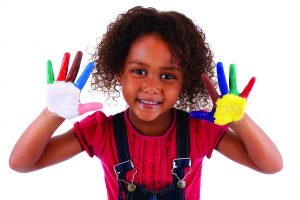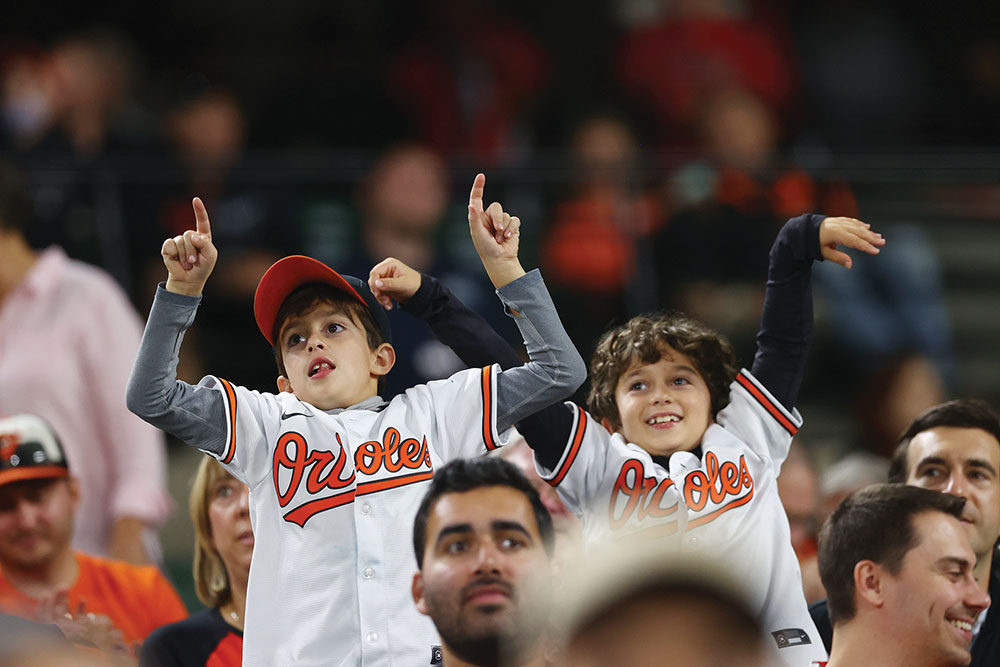Play is a big part of childhood. In school, as well as at home, play has traditionally been the gateway for learning and one way for children to find a sense of individuality within their networks of peers and adults.
 In recent years, education has witnessed the push for more rigorous academics, and consequently, time for play has disappeared from the daily school schedule. Even at the earliest stages of learning, highly structured schedules and close monitoring of progress can take priority over play. Now, some schools and organizations are seeking a better balance between work and play and recognizing the long-term benefits of letting children have time to do what comes most naturally to them.
In recent years, education has witnessed the push for more rigorous academics, and consequently, time for play has disappeared from the daily school schedule. Even at the earliest stages of learning, highly structured schedules and close monitoring of progress can take priority over play. Now, some schools and organizations are seeking a better balance between work and play and recognizing the long-term benefits of letting children have time to do what comes most naturally to them.
“Play is how we investigate our world,” says Chris Swanson, senior director of quality early care and education and an associate research scientist for the Center for Technology in Education (CTE) at Johns Hopkins University. “A lack of play is a lack of learning opportunity, particularly in the critical areas of social interaction, exploration and creativity and problem-solving. These are foundational skills to future success and at the top of the list for employer-sought skills for new graduates.”
Ultimately, play is what allows children to find their own way of being and show how interaction with others can lead to positive, lasting connections. Educators say it also teaches them empathy and contributes to a greater sense of emotional depth because there is a constant need to regulate personal interests with those of others and make compromises for successful cooperation.
Playworks, an Oakland, California-based organization with an office in Baltimore, has set a goal to be more playful: By 2020, the organization wants to help 3.5 million kids in 7,000 elementary schools nationwide experience safe and healthy play — every day.
“What is going to be a safer space than when at play?” executive director Danielle Marshall says. “There is no right or wrong way to play. Kids are learning problem solving, teamwork and how to handle different situations. It’s so critical for children’s development to try things in a safe space. This gives them the opportunity to push past what’s comfortable for them and try something new because
it’s just play.”
Playworks currently runs before- and after-school programs in 20 states, including elementary schools across Maryland. They use games, mentoring, leadership development and training on conflict resolution to make children’s days less about work and the learning more fun.
They also have a junior coach program, in which fourth- and fifth-grade students apply and are nominated by teachers to become leaders, Marshall says. They help set up and facilitate play as well as assist with negotiating conflicts among their peers. Playworks seeks to provide space for play before and after school as well as in scheduled recess during the academic day.
Other schools are considering ways to get kids out of their seats and interacting together.
The Waldorf School has a richly play-centered curriculum that prioritizes
its importance in every capacity. “Our belief is that we want to honor children’s innate desire to play. And that comes in many forms, whether it is with ideas, objects, nature, those around them … we don’t separate play from learning” says Lida Lawrence, a lead teacher in its Children’s Garden or kindergarten.
Their pre-k-to-eighth grade school uses an experiential approach and encourages students to observe and learn from their surroundings in ways that help them understand how they can contribute their personality and ideas. In a four-hour morning session, over half of that is play, Lawrence says.
The structured parts of its program always include reading stories, singing, acting out scenes or using puppets. The flow from these enriching learning environments cross over to their play, she explains, “planting positive seeds that grow in different ways.”
“As a teacher, I can prolong the play as well, so if they are involved in building a castle, for example, and they are in a focused flow, I don’t have to interrupt that awkwardly because of a mandate or scheduled bell,” she says.
The toys and materials that they provide in school are “open-ended,” which does not restrict the possibilities that are open for play and makes children use their imagination to construct or design the necessary components for their activities and games.
“The capacities that are built in the Children’s Garden work the same in elementary, just at a higher level. We have physical education as well as unstructured recess. And while some of the older kids may pick up a basketball, the younger ones like to make up games and have their own plan or adjust rules to switch it up.
They love to make forts and play store or have systems of bartering. They are really empowered to have self-directed play” says academic director Cecilia Liss.
Beth Tfiloh also has a long history of holding play at the core of their values. Principal Nina Wand explains that as the trend for academic demand has grown, “we keep play at the center, which allows our students to engage socially and self-direct their learning.”
“We have P.E. twice a week, which is a more traditional time for play, but we also have a maker space. This is a way to instill skills that are associated with play such as problem solving, design thinking, learning from mistakes, process orientation and collaboration,” she says. “This is an aspect of the way our students are prepared for the future by having a space like this where they can explore.”
Overall, the curriculum highlights student engagement, and faculty try to “allow for activities to be more student centered than teacher driven,” Wand says. And that helps to keep the learning more play centered as well, she says.








